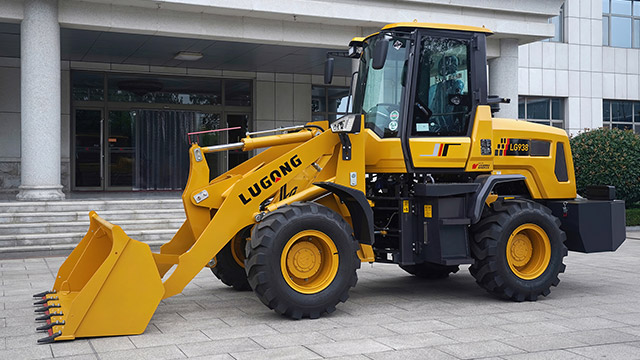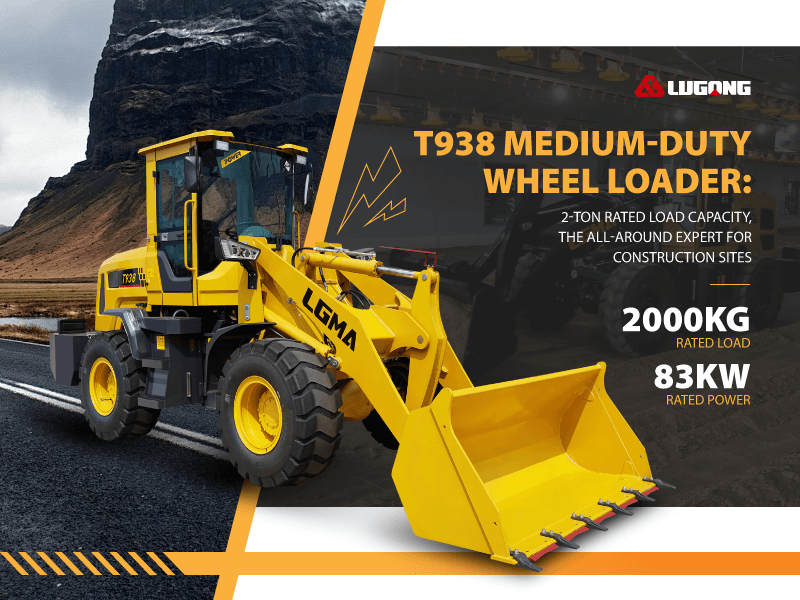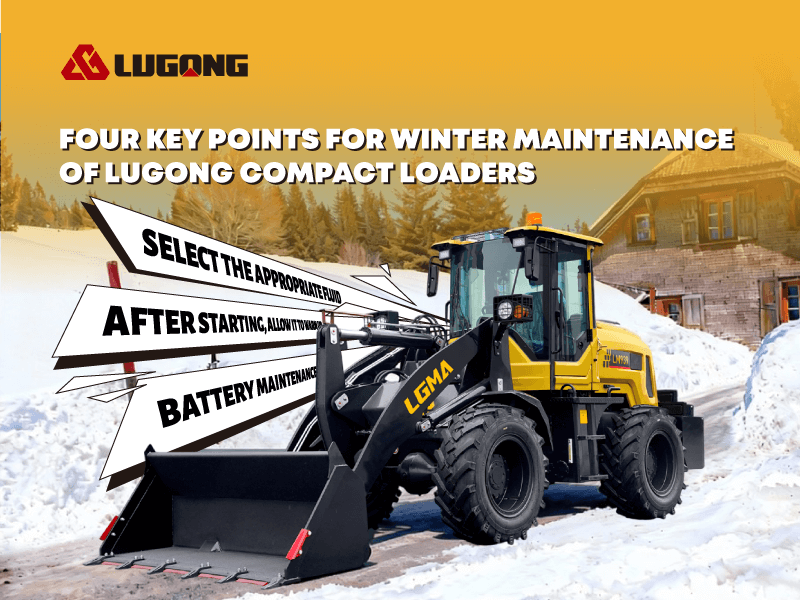Is a front loader the same as a skid steer loader?
Front Loader And Skid Steer Loader Introduction:
Front loaders and skid steer loaders are both widely used in the construction and agricultural industries. While they may seem similar in function, there are significant differences between the two. This article will explore the characteristics and uses of front loaders and skid steer loaders, highlighting their unique features and applications.

Ⅰ. Understanding Front Loaders:
A. Front Loader Definition and Design:
1. A front loader is a heavy equipment machine with a scooping bucket attached to the front.
2. It typically has four wheels and a rigid frame.
3. The bucket can be raised and lowered using hydraulic cylinders.
4. The operator sits in a cabin located above the engine and controls the machine using levers and pedals.
B. Front Loader Applications and Uses:
1. Front loaders are commonly used in construction, agriculture, mining, and waste management.
2. They are ideal for tasks such as loading and unloading materials, moving earth, and clearing debris.
3. Front loaders are versatile and can be equipped with various attachments like forks, buckets, or grapples to handle different tasks.

Ⅱ. Understanding Skid Steer Loaders:
A. Skid Steer Loader Definition and Design:
1. A skid steer loader is a compact, four-wheel drive machine with a small turning radius.
2. It features a small rigid frame and a lift arm mechanism.
3. Unlike front loaders, skid steer loaders have a skid steer mechanism that allows the wheels on each side to operate independently.
4. The operator sits in an enclosed cabin and controls the machine using joysticks.
B. Skid Steer Loader Applications and Uses:
1. Skid steer loaders are widely used in construction, landscaping, agriculture, and snow removal.
2. They are preferred for tasks that require maneuverability in tight spaces, such as working in urban areas or inside buildings.
3. Skid steer loaders can be equipped with various attachments like buckets, augers, or trenchers to perform different tasks efficiently.
Ⅲ. Differences between Front Loaders and Skid Steer Loaders:
A. Front Loaders and Skid Steer Loaders Size and Maneuverability:
1. Front loaders are larger and less maneuverable compared to skid steer loaders.
2. Skid steer loaders can turn within their own footprint, making them highly maneuverable in tight spaces.
B. Front Loaders and Skid Steer Loaders Operating Environment:
1. Front loaders are typically used in open spaces, where their size and power are advantageous.
2. Skid steer loaders excel in confined areas, such as construction sites or residential properties.
C. Front Loaders and Skid Steer Loaders Attachments and Versatility:
1. Front loaders can handle a wide range of attachments but require more time and effort to switch between them.
2. Skid steer loaders have a quick attachment system, allowing for faster and easier attachment changes.
Conclusion:
In conclusion, while both front loaders and skid steer loader are valuable machines in their respective applications, they differ significantly in design, maneuverability, and operating environments. Front loaders are larger and more powerful, suited for open spaces, while skid steer loaders are compact and highly maneuverable, ideal for tight areas. Understanding these differences can help professionals choose the right equipment for their specific needs.


